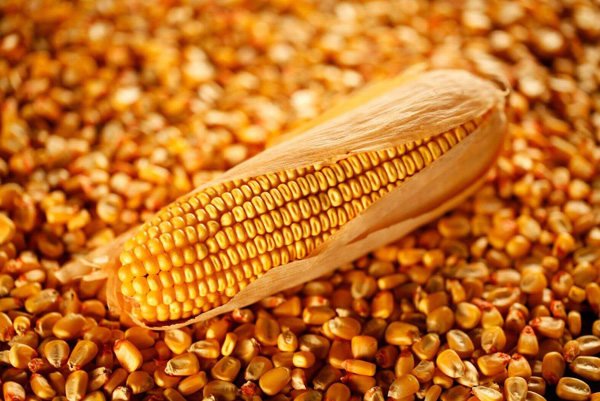Corn is one of the most widespread and important grain crops in the world, with a rich history, diverse fields of application and unique technical characteristics.
The history of corn dates back several millennia. It was derived from wild grass species and was originally cultivated by Indians in Central and South America. Corn became one of the main crops in Native American culture and was a food and cult product. Subsequently, corn was introduced to Europe during the colonial conquests and quickly spread around the world.
Corn is widely used in the food industry and agriculture. It is used for the production of corn flakes, cereals, flour, starch, butter and many other products. Corn is a key component in the production of popular products such as tortillas, corn chips, corn bread and corn groats. It is also used as animal feed, especially for livestock and poultry.
Corn has a high starch content, which makes it an ideal ingredient for the production of starch-containing products, as well as a good source of energy. Corn is also rich in fiber, vitamins such as vitamin C and vitamin A, and minerals such as potassium and magnesium. This makes it a nutritious product and an important source of food for people.Corn has a variety of varieties and hybrids that are adapted to different climatic conditions and cultivation methods. From edible corn to fodder corn, each variety has its own characteristics and application.
Corn is an integral product of the food industry and agriculture, which plays an important role in ensuring food safety and nutrition of people. Its history, wide range of applications and technical characteristics make it one of the most important grain products in the world.



